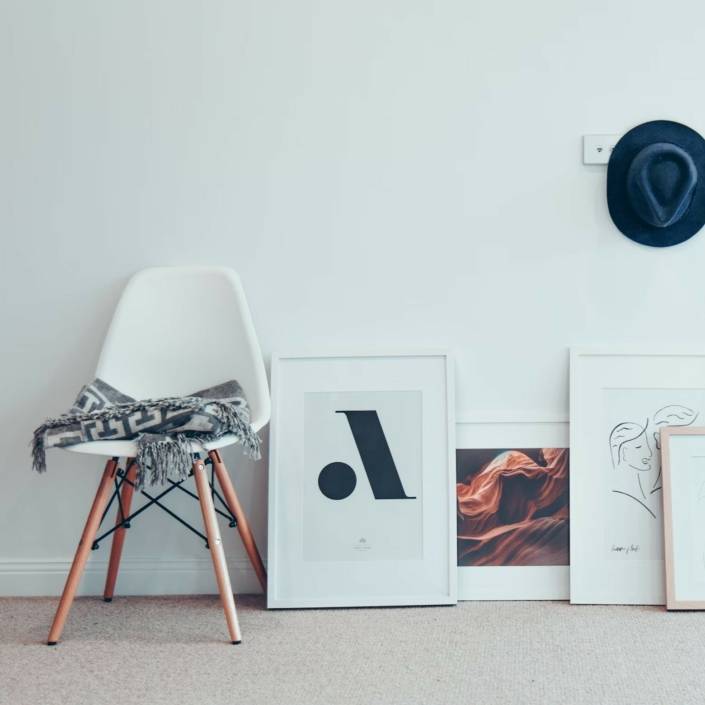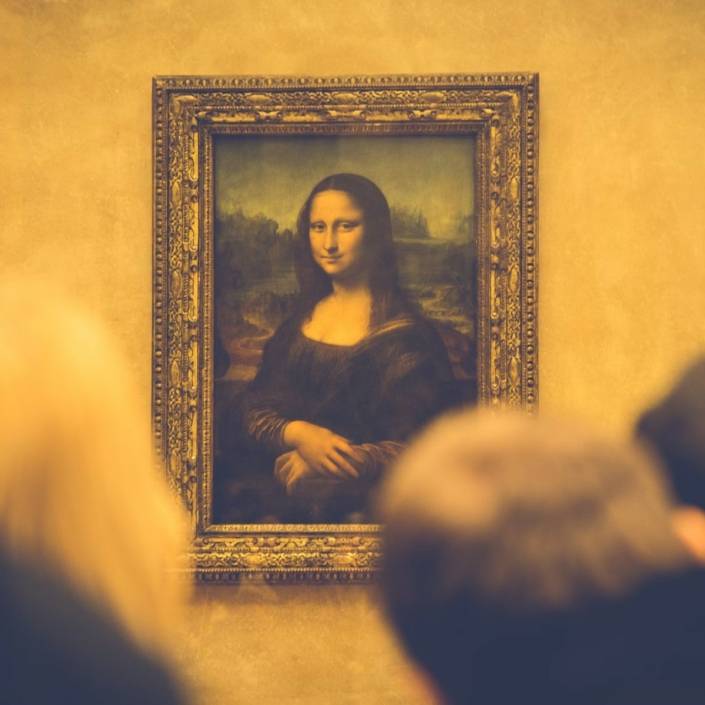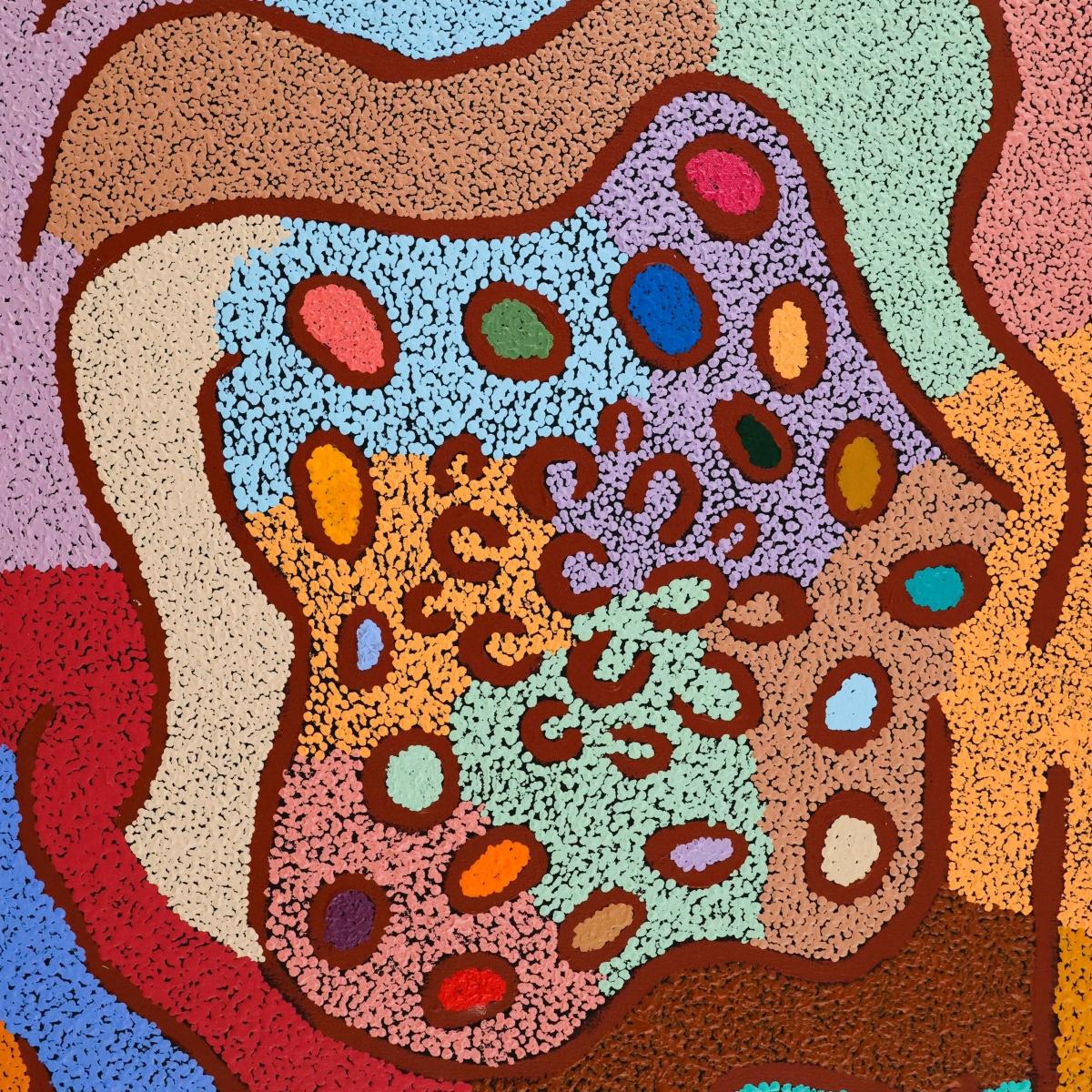Zeitgeist: A Shift Away From Bricks and Mortar
The art world issues influencing our times.
Words: Courtney Kidd
When gallerist Ralph Hobbs graduated from art school in Tasmania he held his first exhibition in Snakepit, a gallery in a car park in Launceston. Nobody came to the show. “It was soul destroying sitting in that car park and as a consequence I have a paranoia about empty spaces,” he says. “I vowed ever after to create energetic, vibrant and active spaces for art.”
That was back in the early 1990s when exhibition spaces were clearly delineated into artist run, commercial and institutional. Cut to 2023. Those spaces still exist but what is energizing the art world is the recent trend for galleries to swap spaces, do pop ups, and to operate more nomadically or collaboratively.
Agility is the key and Hobbs, like many gallerists, recognises that whatever and wherever the space, engagement with audiences is paramount. During Covid he drove around Sydney’s Rose Bay, boot open, showing art to hungry collectors social distancing and bidding for work – the ultimate pop-up.
“We’re about opening up conversations,” says Hobbs. “Recently we’ve seen James Drinkwater showing next to Sean Scully and Ben Quilty in Thailand. It is about targeting areas where there is growth and wealth.” 2023 is revealing a recurrent curiosity with how different modes of exhibiting art can show culture making in new ways. Further, we now have gallery nomads finding new markets and innovative operating models.
Such is the case with Al Fresco, a nomadic space with no established architecture and no lease on a building. The initiative of Oscar Capezio, Al Fresco is located in the ruins of Yale-Columbia, a burnt out telescope ruin located at Mount Stromlo Observatory, just out of Canberra and owned by the Australian National University. Capezio says, “I’m running this as a professional gallery model. Work is for sale and it’s a seasonal program, 2023 commencing with a summer solo show of sculpture.” Carpezio intends that Al Fresco debunk any of the intimidation many people feel in entering the white cube. “There is no threshold or door on this space. The commercial world and the public can come together.”
The fixed cost of bricks and mortar has meant using space in unique ways, imperative as galleries acknowledge that high rents can often lead to closed doors. The most successful business models are collaborative, something that Dianne Tanzer and Nicola Stein exemplify in their model of successful operations at This Is No Fantasy, Melbourne. “While galleries used to be the first point of contact for museums and collectors, that role is changing with the presence of such platforms as Instagram and Tik Tok. The upside is that galleries and artists are working closely together, putting prices up online too, which makes it less daunting for young collectors to become involved.”
Jan Murphy in Brisbane recently collaborated with Hugo Michell in Adelaide, each swapping six artists to exhibit in a group show to reach new audiences. In 2022, Murphy also collaborated with The Calile Hotel in Brisbane where artist in residence Gerwyn Davies exhibited, his luminous photographic images garnering all day and night exposure.
Sullivan+Strumpf, Sydney has a history of shows in nomadic and pop-up spaces and recently opened Sullivan+Strumpf Melbourne, a new commercial gallery and testament to the success of their earlier pop up model as a way of building community. “Our first London popup, a solo exhibition of Dawn Ng’s Into Air, was presented in collaboration with the London-based APSARA Studio UK, and took place in the neo-Gothic interior of St Cyprian’s church, Marylebone. 2023 kicks off for the gallery with a pop up at Gillman Barracks, Singapore, a solo exhibition of New York-based Chinese artist Yang Yongliang.”
Max Germanos is known for his enterprising 333 Projects, successfully curating shows in business settings to potential collectors. Recently he has been doing pop up exhibitions titled The Young Curators where one public and one private school work in partnership with an artist. His dream is to do this nationally but in the meantime 2023 will see schools collaborating with Sydney based artists Caroline Zilinsky and Alan Jones to produce pop up exhibitions in the school setting.
MARS Gallery, Melbourne launches a hefty pop up presence in May 2023 with Photo London, exhibiting new work by Nasim Nasr, Atong Atem and Scotty So. “I think this is the way of the future, sharing opportunities for our artists,” says MARS director Andy Dinan. “I would like to get up to six international fairs and a few interstate pops ups per year and am lucky my artists are keen to travel with MARS and try new art frontiers.”
Further south, Bett Gallery in Hobart is breaking its usual gallery calendar in August 2023 by introducing a pop-up within its space, a community focused exhibition with the work of Cape Baron Island artist Ricky Maynard. His 30-year-old evocative series, No More than What You See, made in response to the Royal Commission into Aboriginal Deaths in Custody, will go on show, resounding with the fact that currently the rate of aboriginal deaths in custody is four to five times worse than it was when he made the work.
Michael Bugelli is working to minimise overheads and staging pop ups in the old Mercury newspaper building on Macquarie Street, Hobart. “We’re rethinking the business model,” he says. “In February we’re showing Jessie French’s bio plastic art in collaboration with the MONA FOMA Festival and the International Seaweed Symposium which is being held here for the first time in 75 years.”
Across the ditch and in nomadic style is TENT. Organiser Hayley White says, “We’re interested in seeing art in non-traditional spaces, out in the real world. Most people don’t live or work in white-cube galleries and we like the idea of art as a part of everyday life.”
Michael Reid’s enthusiasm for inventing new spaces for art now propels, in his words, “a congregation of art galleries”. “Covid changed everything. Nothing was a sacred cow. We had to look at how space was used. We created the Art Bar at Star Casino [Sydney] as a way of working space day and night. The pandemic was like the Global Financial Crisis where trends already occurring became concertinaed.” Reid believes that net migration to regional areas in the past two years is of a scale last witnessed in the mid 19th century Gold Rush. The upshot of this is that the well resourced, while able to buy anywhere in the world, will be spending locally too, potentially empowering the map of future exhibition spaces and in turn enriching tomorrow’s collector.
Featured image: Installation view of HEAVENS at Al Fresco, 2022, Yale-Columbia Refractor, Mt. Stromlo Observatory, Canberra. Photo: David Paterson. Courtesy: Al Fresco.
This article was originally published in Art Collector issue 103, January-March 2023.









